By Les Tan/Red Sports
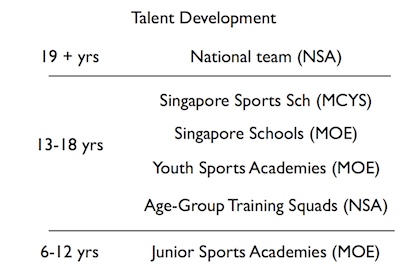
Developmental pathway for elite athletes in Singapore. (Graphic 1 Source: Singapore Sports Council)
While medals naturally make the headlines, a lot of background work goes on to build an ecosystem that breeds that success.
The Singapore Sports Council (SSC) is the lead statutory board under the Ministry of Community Developement, Youth and Sports (MCYS) that is focused on building this ecosystem. However, in Singapore’s context, the role of the Ministry of Education (MOE) is also crucial.
The Singapore government formed the Singapore Youth Sports Development Committee in 2009 with a S$15 million fund. The committee, overseen by MCYS and MOE, set aside one-third of the funding for the preparation of Singaporean athletes who took part in the recent Youth Olympic Games. The rest of the funds went into long-term plans to ensure a pipeline of elite young athletes.
Sports minister Dr Vivian Balakrishnan also announced in parliament recently that MCYS will form a committee to look at the educational and career options of national athletes.
On the hardware side, MOE is committing funds to build an indoor sports hall for every school in Singapore. 70% of schools will also have an artificial pitch.
Because Singapore has a relatively weak sports club culture, the first exposure to organised sports for many young children is through the physical education (PE) classes and school sports teams. This year, the SSC and the national sports associations (NSAs) started the Satellite Centres for Sports Development. The aim is to give young children a basic introduction to a sport and centres are up and running for three sports — sailing, basketball and wrestling.
For primary school children with potential, the MOE has, since 2008, set up the Junior Sports Academies. So far, there are 21 junior academies and they are training a total of 930 student athletes. The MOE target is to have 22 junior academies for 11 sports by 2012.
For students aged 13 to 18, the MOE has set up the Youth Sports Academies. These academies will take in graduates of the junior academies, as well as secondary-level students who show potential. Three academies were set up in April 2010.
The academies are recent developments that complement the existing Singapore Schools elite and development squads that have been around for awhile.
MCYS set up the Singapore Sports School in 2004 to deepen the talent pool. The school is still a work in progress as not it does not cater to all sports (e.g. hockey, basketball). Also, some elite youth athletes also do not automatically go to the school and prefer to study in schools that have had a longer history of producing sporting and academic achievements. However, that has not stopped the Woodlands-based school from producing six World and two Asian Games champions. 22 of the 131 Singaporean athletes at the recent Youth Olympic Games were from the Sports School.
The Sports School is also making the post-secondary pathway clearer for student athletes. In 2011, the Republic Polytechnic-Singapore Sports School Diploma in sports and leisure management will come on stream. The Sports School has also started the six-year International Baccalaureate diploma programme for the 2010 Secondary One batch.
Outside of the Sports School set up, Republic Polytechnic and Nanyang Polytechnic also graduate students in sports-related diplomas.
For student athletes aiming for a sports-focused university education in Singapore, only the Nanyang Technological University currently offers a sports degree.
One of the biggest barriers for male athletes is National Service. Elite athletes generally enlist for compulsory military service at 18 to 21 years old, the peak of their physical prowess. However, deferment or time off for training is only decided on a case-by-case basis. In Singapore’s current political context, National Service will always take priority over an individual’s sporting ambitions.
There are many amateur leagues in Singapore catering to the different sports but the lack of viable professional leagues makes turning professional an option only for the very few.
The S.League, a 12-team professional football league, suffers from poor attendances after 16 years. An average of only 214 tickets sold at S.League games for the period August 30th to September 5th, 2010. It is the only professional league in Singapore and receives significant funding from Singapore Pools to maintain operations.
The ASEAN Basketball League will enter its second year in October 2010. The league and its six franchise teams are privately owned. The Singapore franchise team, the Singapore Slingers, gave professional contracts to eight elite Singaporean ballers last year. Crowd attendance in the first season did not exceed 2,800 for the home games at the Singapore Indoor Stadium.
A biennial Singapore Games was mooted in parliament recently. That is conceived as a games to give not just the elites, but also the average club athlete, a chance to take part. The hope is to maintain the momentum generated by the Youth Olympics and give both athletes and volunteers a focal point on a national level. Until more details emerge, it is hard to judge how this will translate into job opportunities for both athletes and non-athletes interested in the sports industry.
For most Singaporean elite athletes in Singapore, turning professional is not a viable option currently and so the pursuit of educational qualifications will remain a strong motivation to ensure job security after finishing school.
Information on MOE Sports-Related Programmes
Programme for School-Based Excellence
MOE approach to Physical and Sports Education
Related Story on Satellite Centres
Singapore youths try out sailing, wrestling and basketball at satellite centres
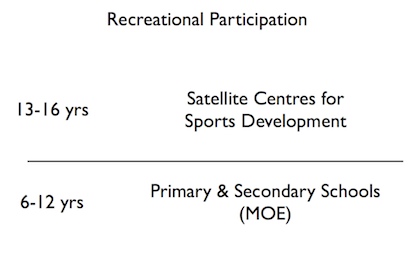
All Singapore schools and the satellite centres provide a first exposure to sports. (Graphic 2 source: Singapore Sports Council)
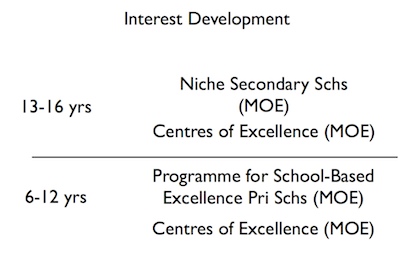
If the child shows interest and aptitude in a particular sport, there are schools and programmes that encourage further interest. (Graphic 3 source: Singapore Sports Council)

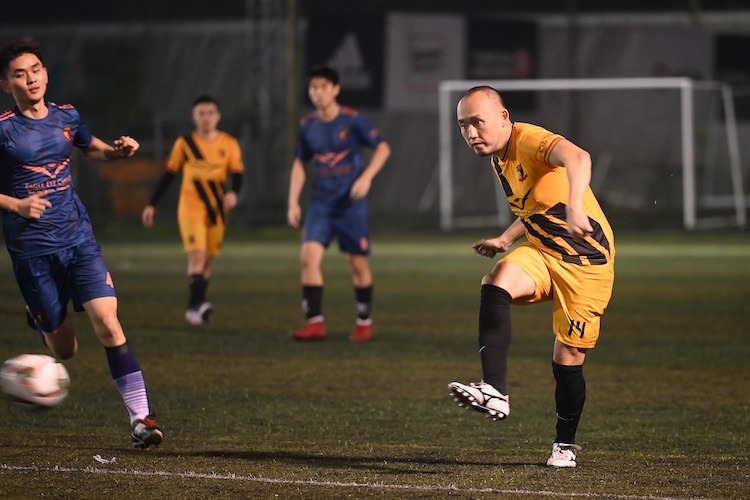
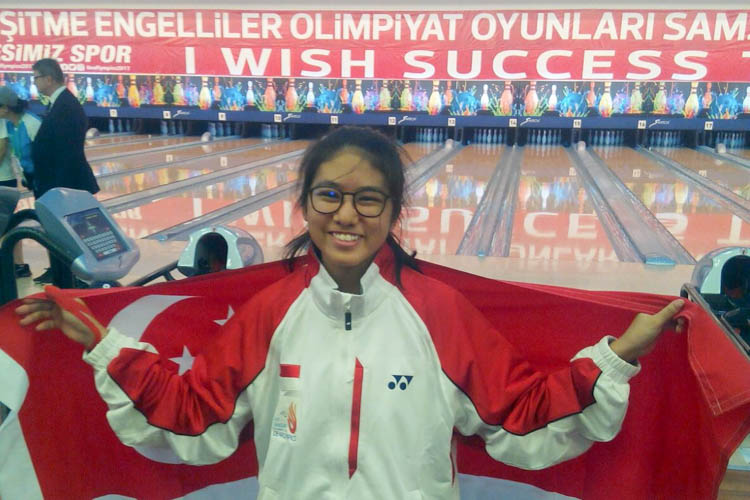
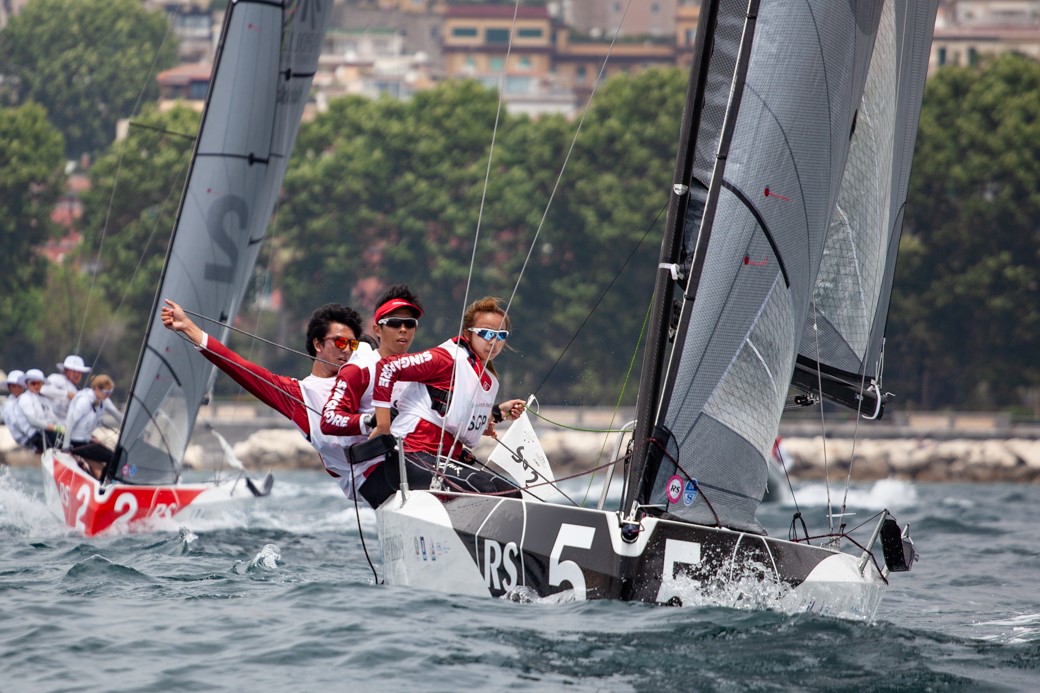
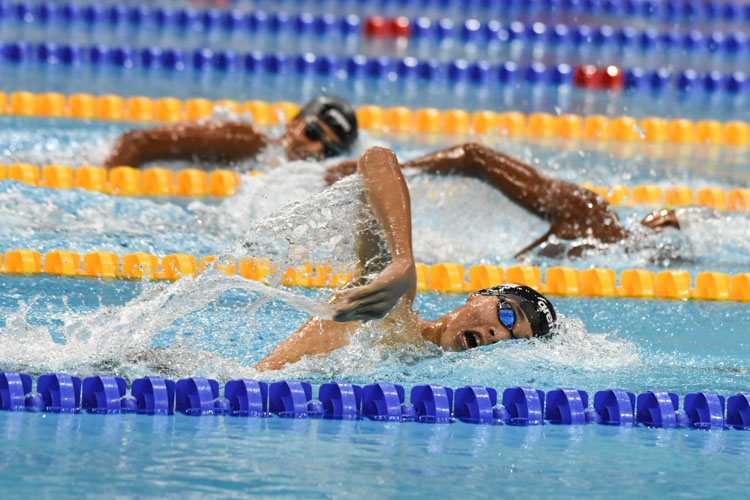
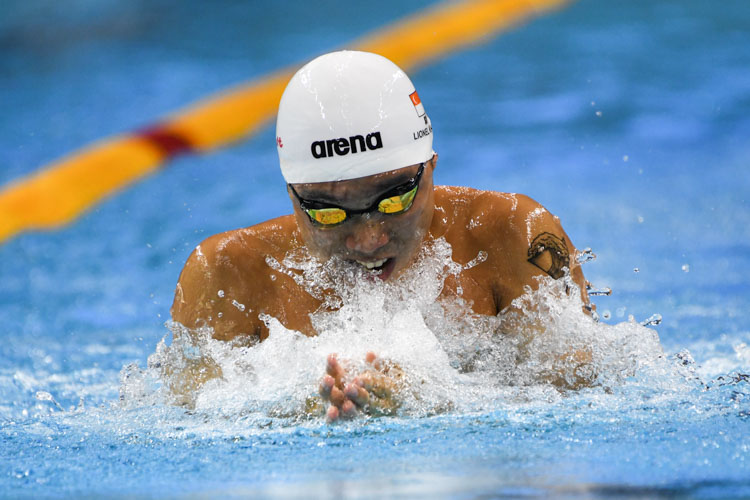
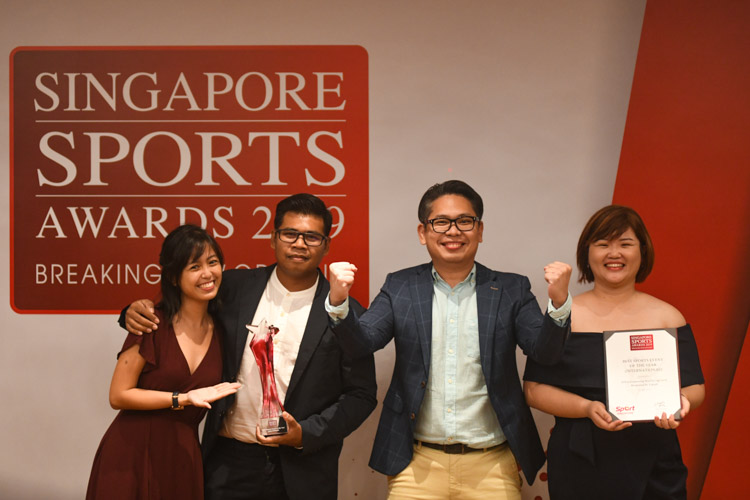
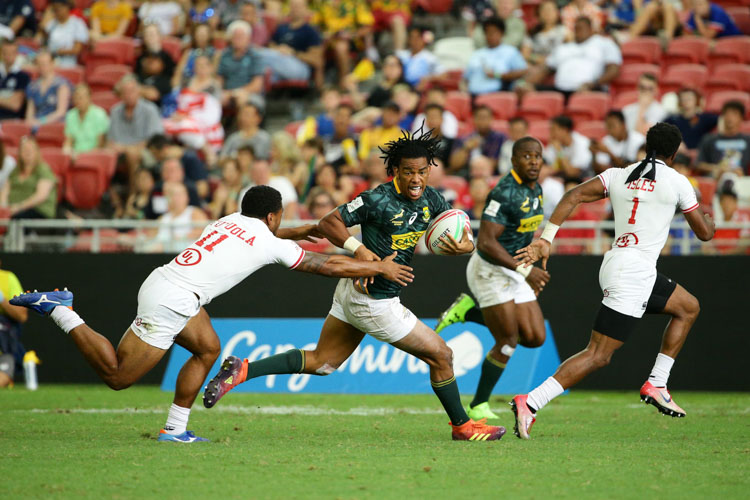
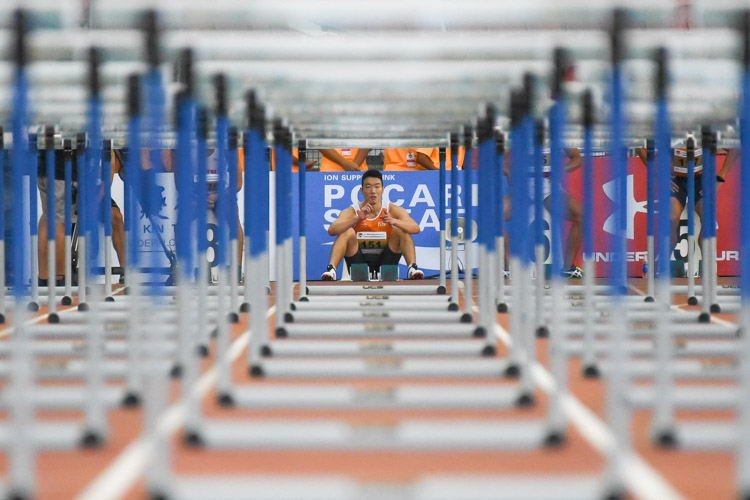
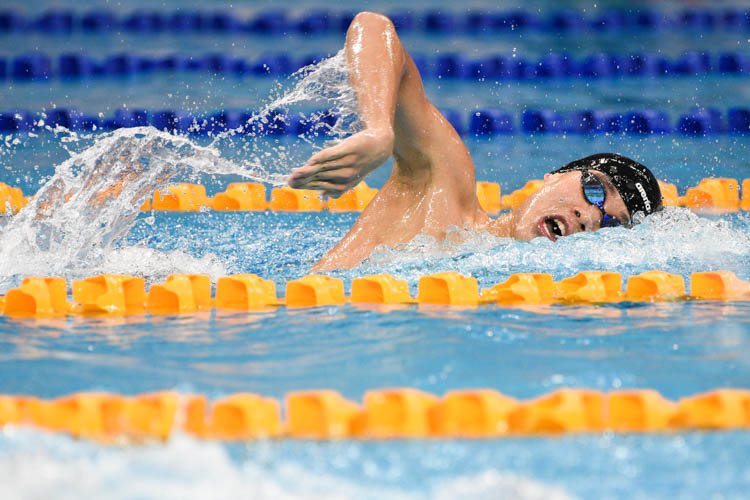
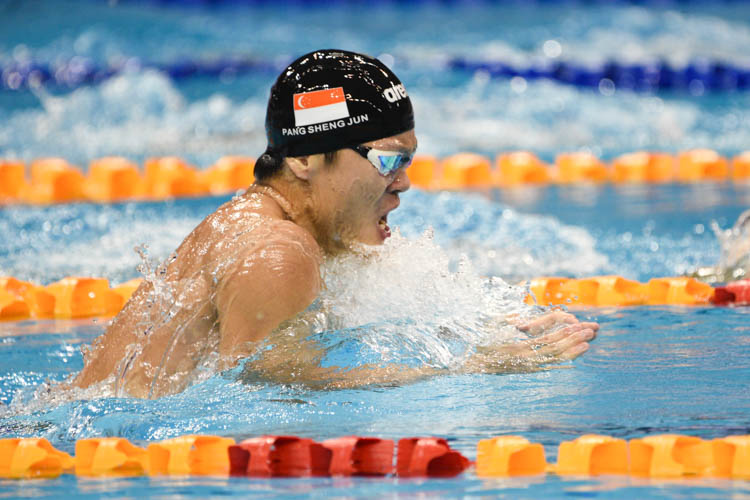
Leave A Comment